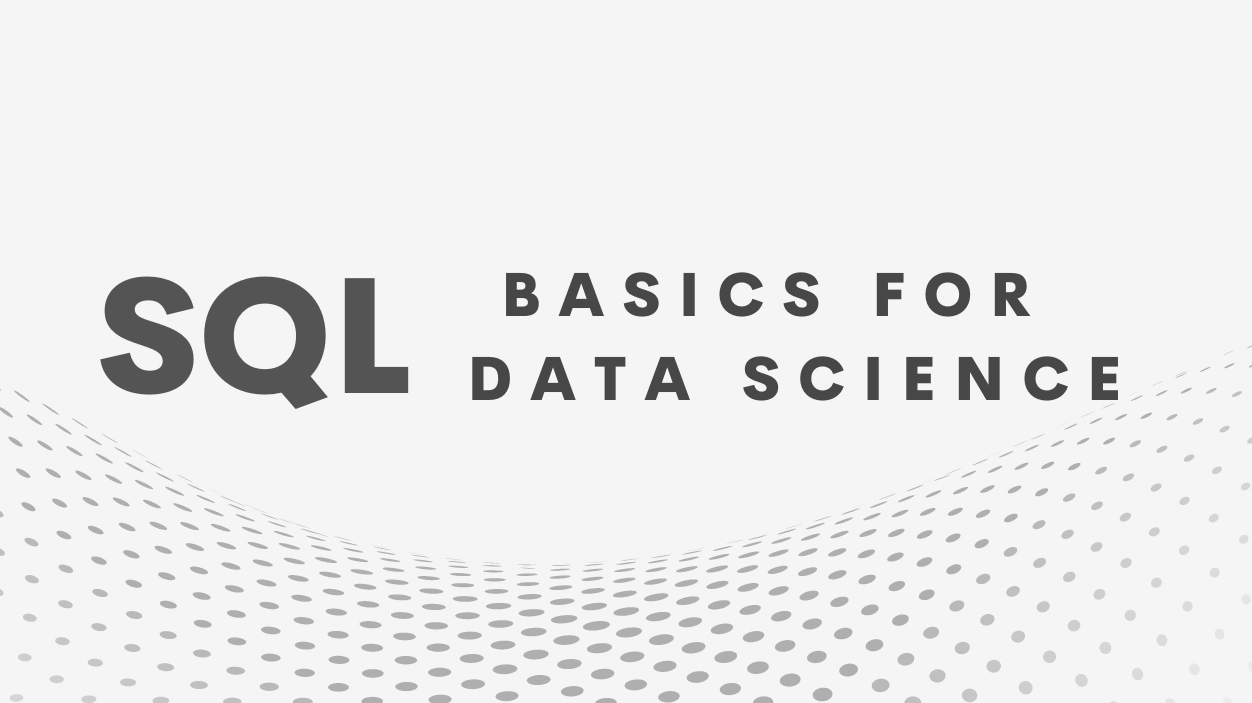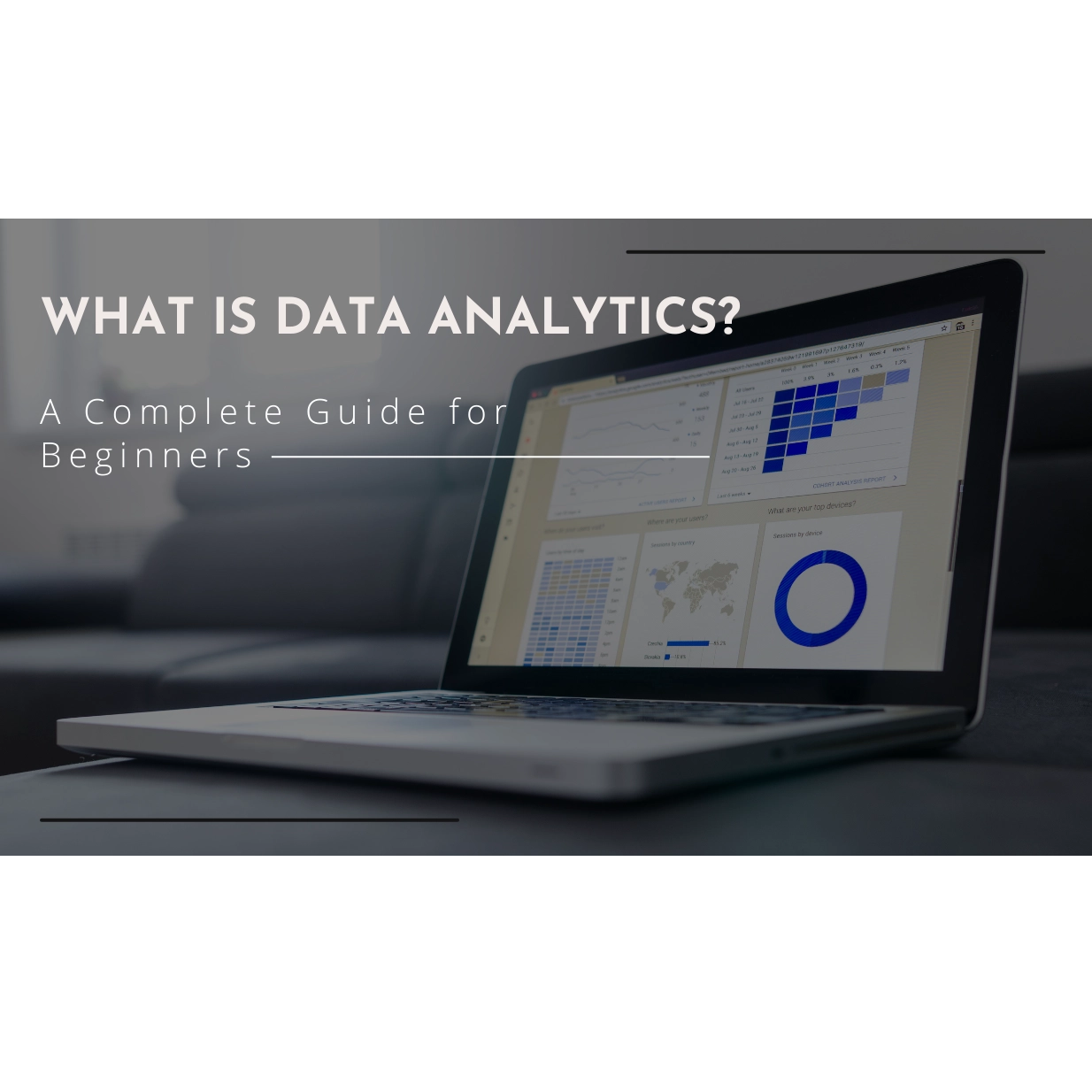Recent Post

What Is Power BI And Why Does It Matters?
Mar 28,2023

SQL Basics For Data Science 6-May-23
-
Data is at the heart of any data science project, and one of the most important skills for any data scientist is the ability to work with data effectively. SQL, or Structured Query Language, is a powerful tool for working with data, and is widely used in the industry for querying, manipulating, and analyzing data. In this blog, we will cover the basics of SQL for data science.
What is SQL? SQL is a programming language designed for managing and querying relational databases. It is used to retrieve data from a database, insert, update and delete data, and to create and modify database structures. SQL is used in a wide range of applications, including data warehousing, business intelligence, and data analytics.
Why SQL is important for data science? Data scientists need to work with large amounts of data, and often need to extract, transform and load data from various sources. SQL provides a powerful and flexible way to query, filter and aggregate data from databases, which are often the primary source of data in many organizations. It also allows data scientists to perform complex analytics and data mining tasks, such as clustering, classification, and regression, which require advanced SQL queries.
Basic SQL syntax SQL statements are written in a declarative syntax, which means that you specify what you want to do, rather than how to do it. The basic structure of an SQL statement consists of a set of keywords, followed by one or more expressions, which specify the data to be queried or manipulated. The most common SQL statements are:
SELECT: Used to retrieve data from a database. INSERT: Used to add new data to a database. UPDATE: Used to modify existing data in a database. DELETE: Used to remove data from a database.
SELECT statement The SELECT statement is the most commonly used SQL statement, and is used to retrieve data from a database. The basic syntax of a SELECT statement is:
sqlCopy code
SELECT column1, column2, ... FROM table_name WHERE condition;
This statement selects one or more columns from a table, and returns the rows that match the specified condition. For example, the following statement selects all columns from a table named "customers":
sqlCopy code
SELECT * FROM customers;
The * symbol is a wildcard that selects all columns in the table. You can also specify individual columns by name, like this:
sqlCopy code
SELECT customer_id, first_name, last_name FROM customers;
This statement selects the customer_id, first_name, and last_name columns from the customers table.
WHERE clause The WHERE clause is used to filter the results of a SELECT statement based on a specified condition. The basic syntax of the WHERE clause is:
sqlCopy code
SELECT column1, column2, ... FROM table_name WHERE condition;
For example, the following statement selects all rows from a table named "customers" where the country is "USA":
sqlCopy code
SELECT * FROM customers WHERE country = 'USA';
This statement selects all columns from the customers table where the country column is equal to "USA". Note that string values in SQL must be enclosed in single quotes.
ORDER BY clause The ORDER BY clause is used to sort the results of a SELECT statement in ascending or descending order. The basic syntax of the ORDER BY clause is:
sqlCopy code
SELECT column1, column2, ... FROM table_name ORDER BY column_name ASC|DESC;
For example, the following statement selects all rows from a table named "customers" and orders the results by last name in ascending order:
sqlCopy code
SELECT * FROM customers ORDER BY last_name ASC;
This statement selects all columns from the customers table and orders the results by the last_name column in ascending order.
Conclusion SQL is a powerful tool for data scientists, and is essential for working with relational databases



